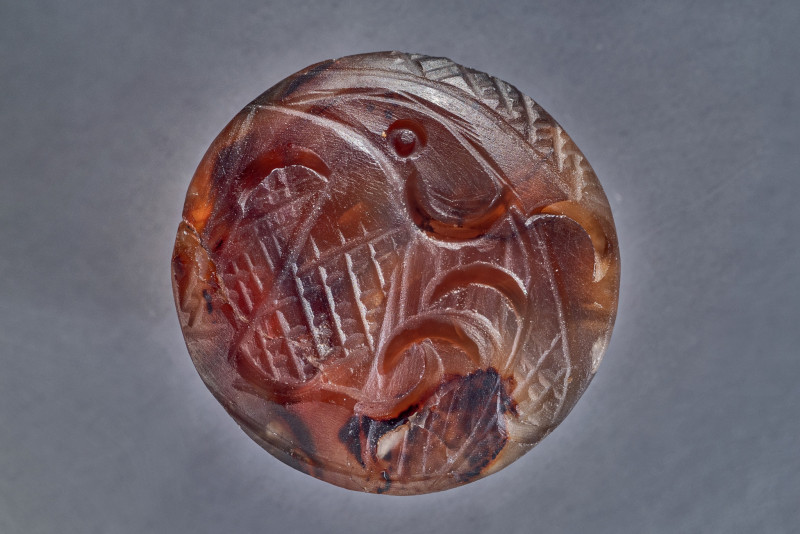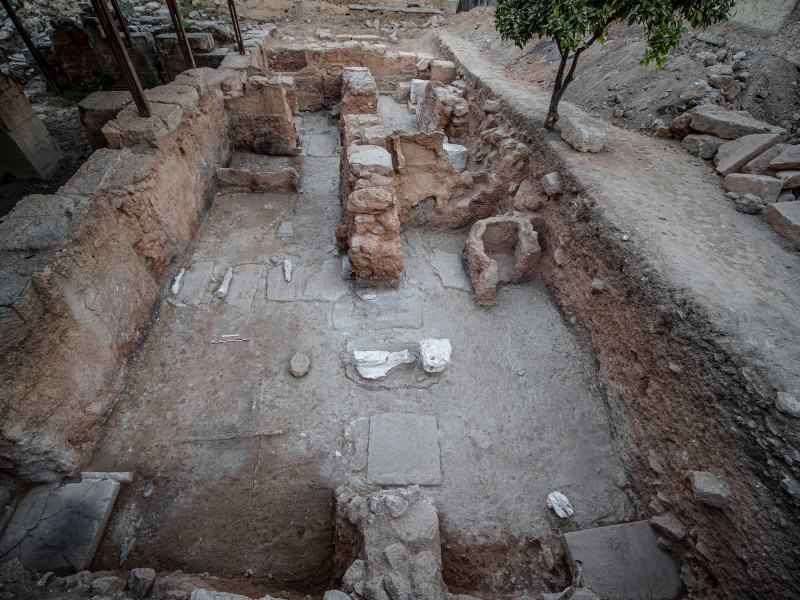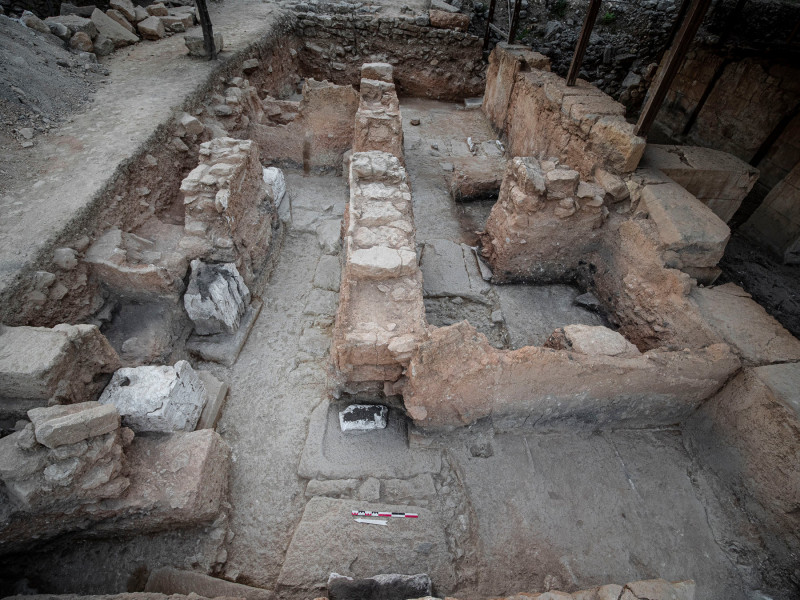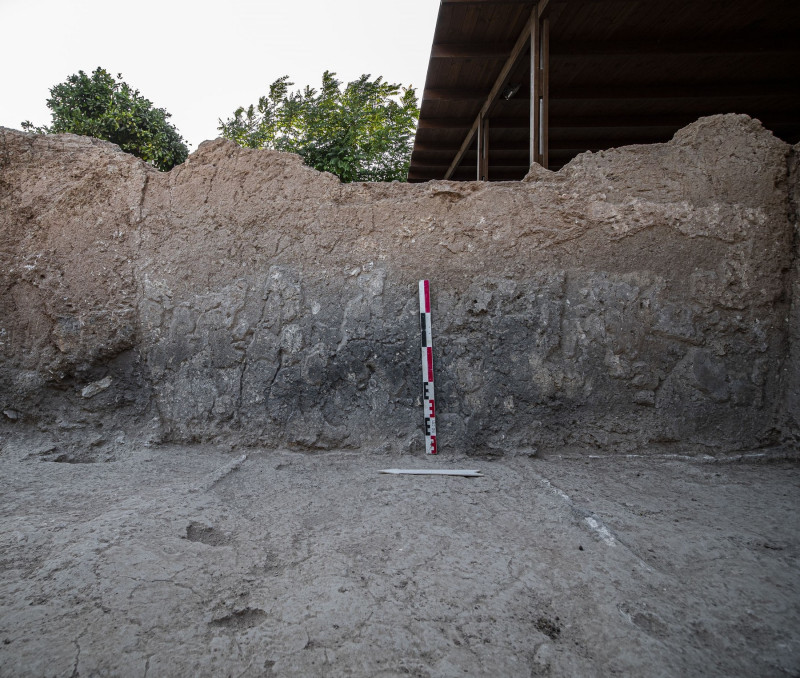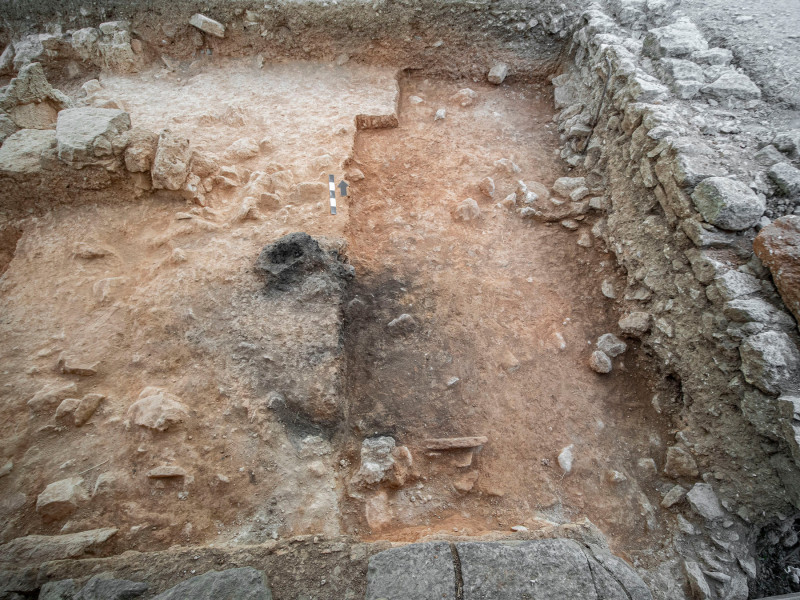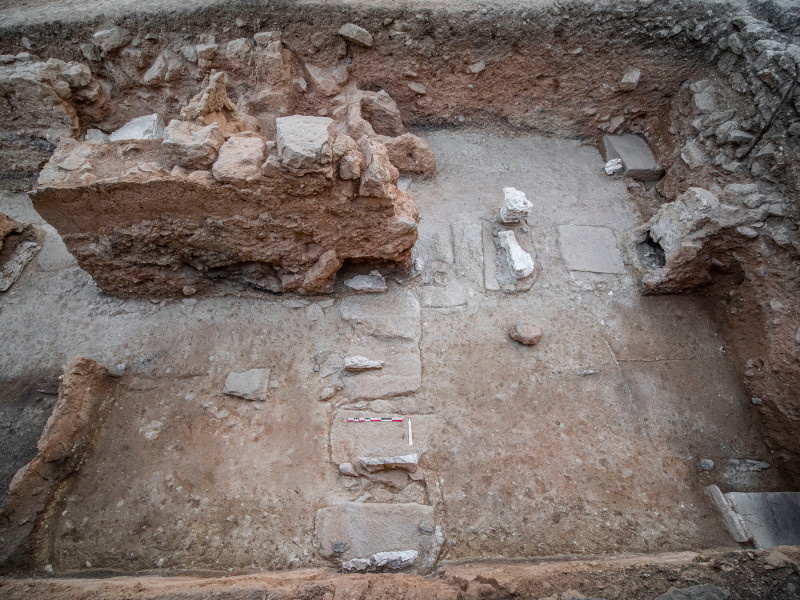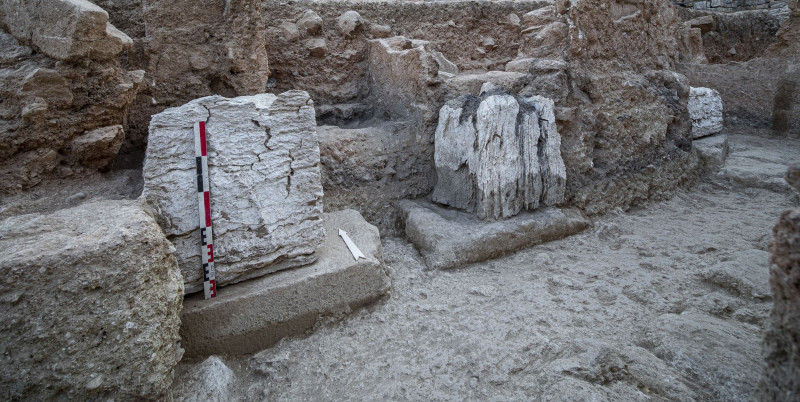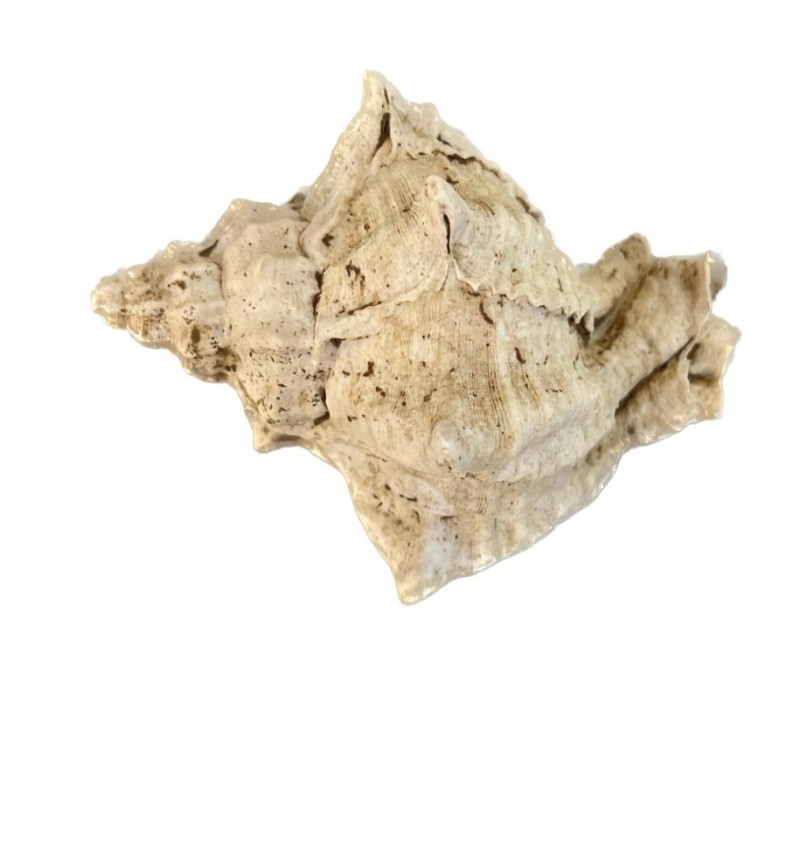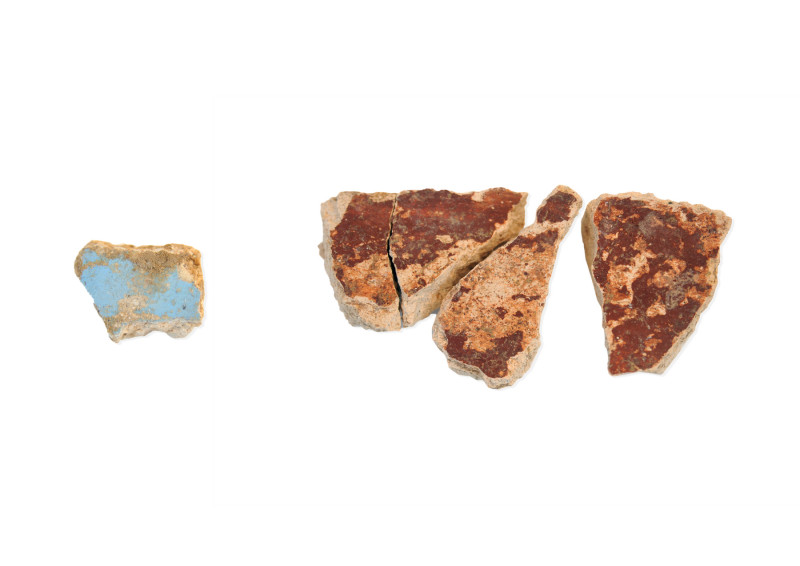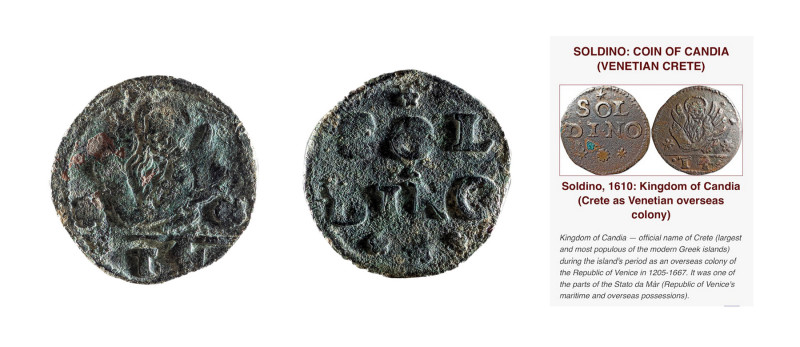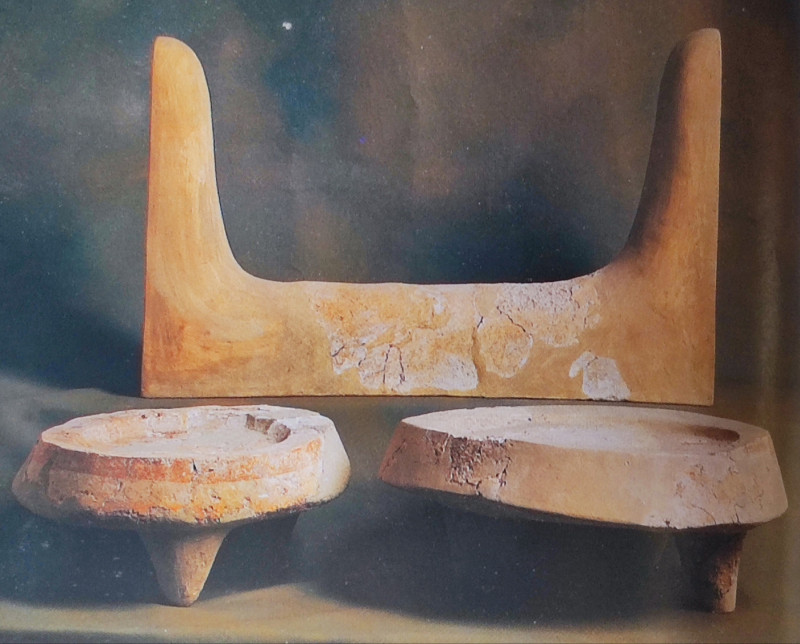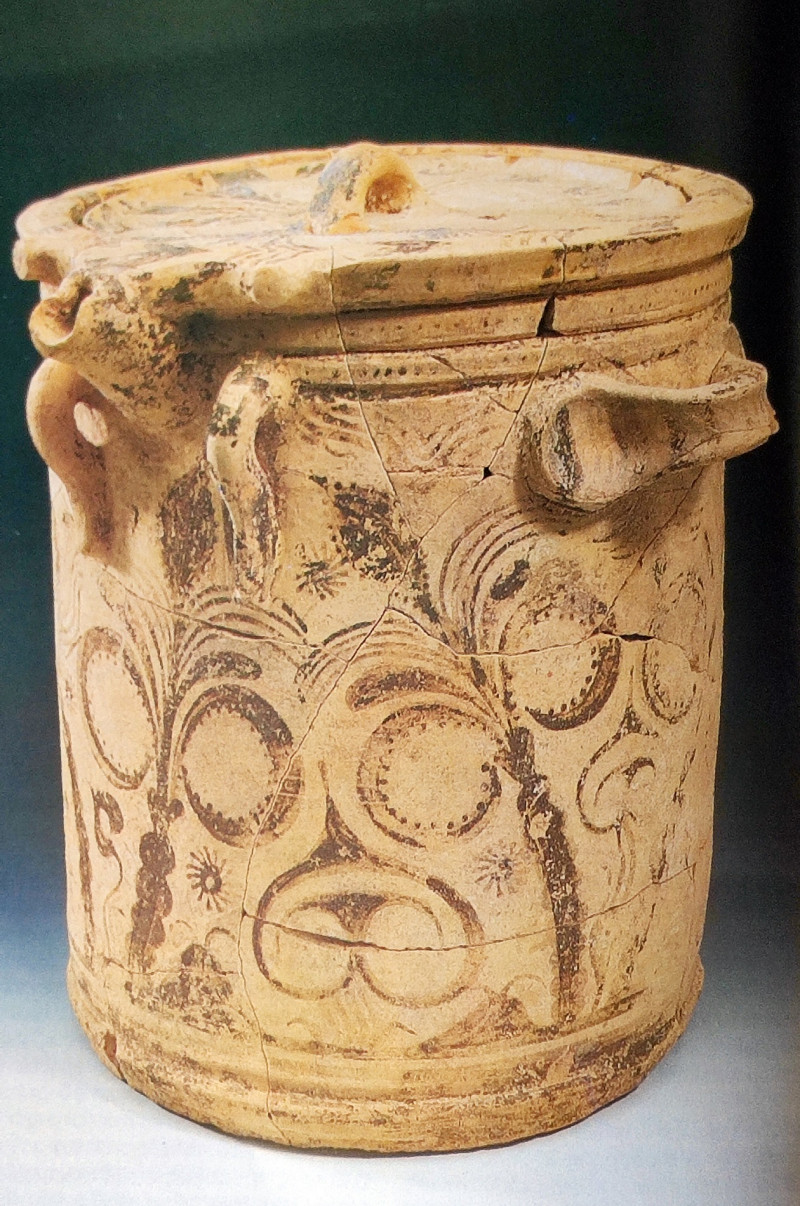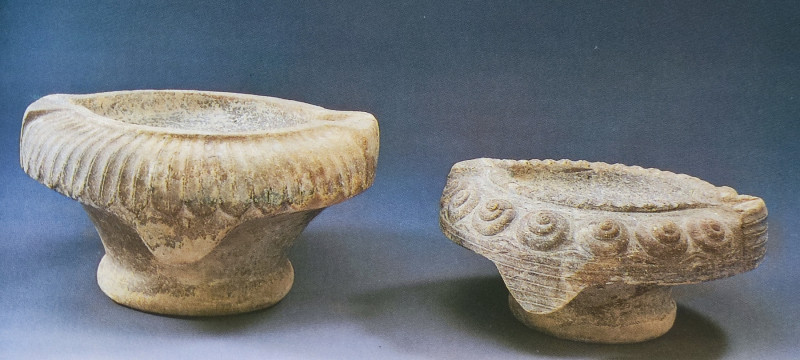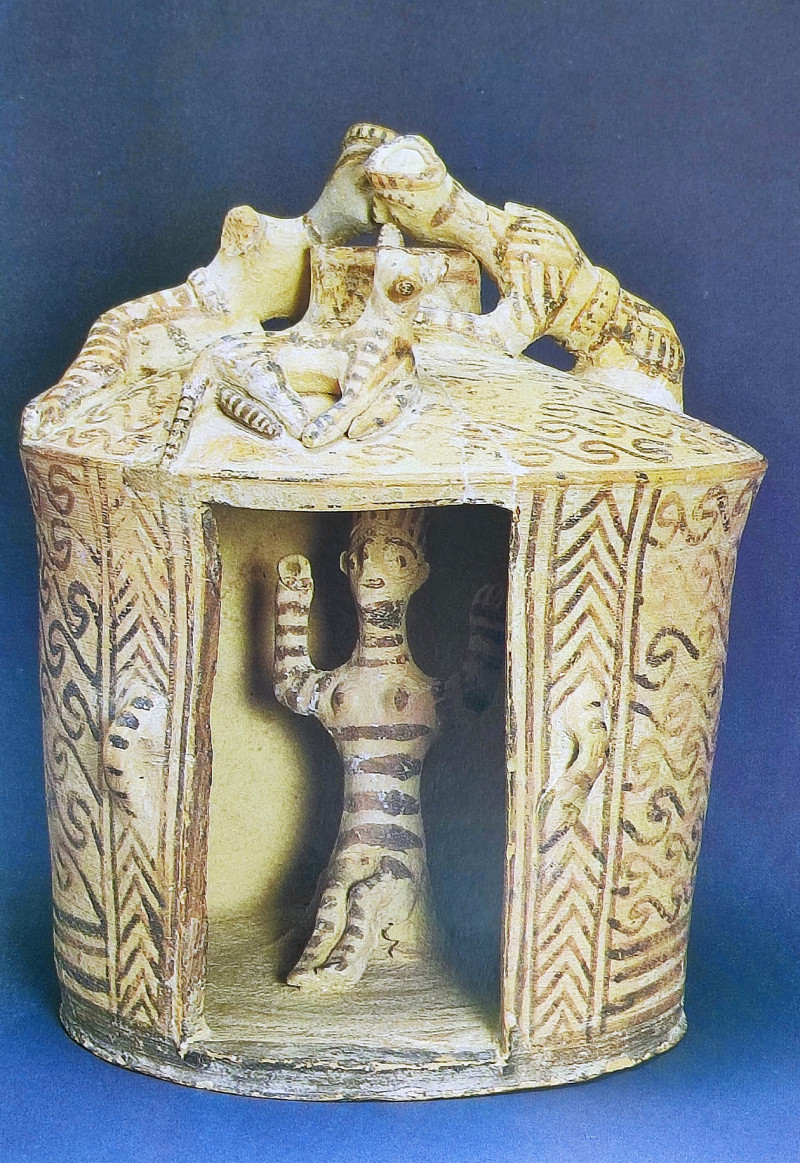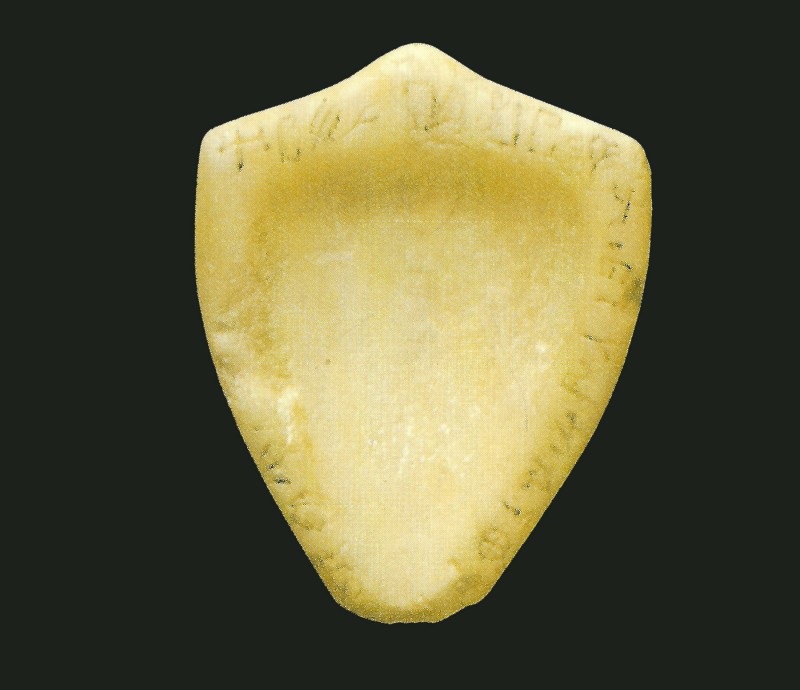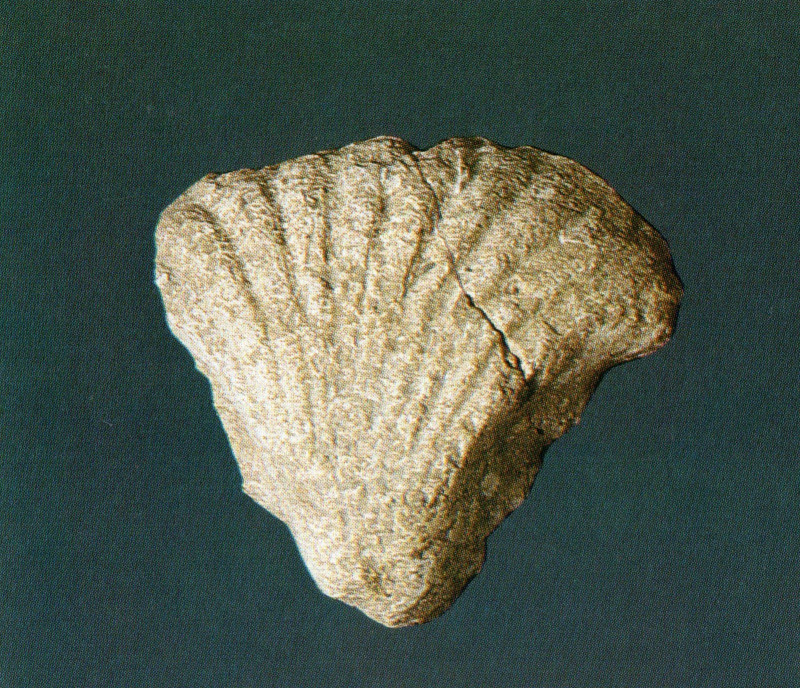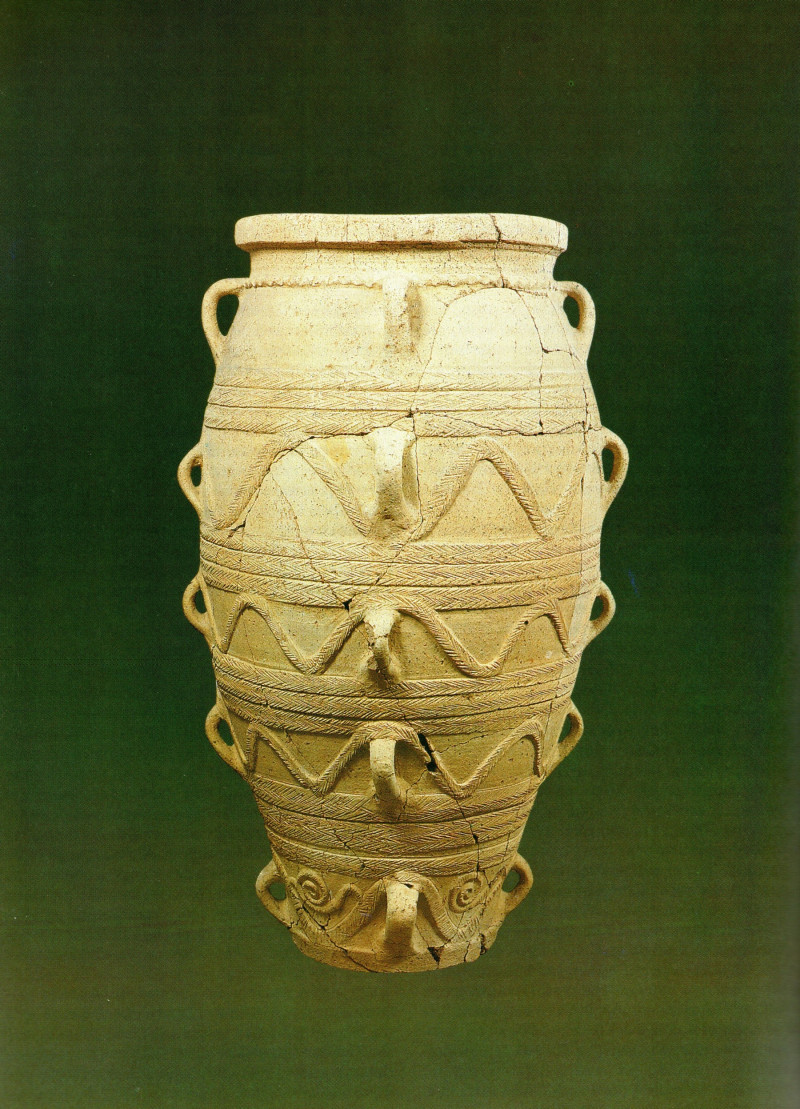The palace of Archana is located 15 km from that of Knossos – Parts of tiny samples of large vases have also been found in the sanctuary Representation of the entrance of the palace
One shining palace, literally, seems to have been the Minoan palace of the Archanas, as revealed by this year’s excavation of the Archaeological Society under the direction of dr Efis Sapuna-Sakellarakis. According to a statement from the Ministry of Foreign Affairs, the excavation carried out in the northernmost, so far, part of the palace added many new facts about the building and completed our knowledge of its architecture and construction. Specifically, the ground floor and the first floor were excavated, while many stones had fallen from the second or third floor, taking parts of the floors with them.
As the same announcement notes, the most interesting element of this year’s excavations was the revelation of the use for its construction, of a shiny material, gypsum, known from Phaistos and Knossos. In Archanes, it was used excessively in pilasters, multi-doors, etc. leading to the image of a ‘shiny’ building. Also important was revelation of the multi-doored palace, which together with the two-door -which was also revealed- of plaster and a central column make up the part of a “Minoan Hall”, an important element of the luxurious (elite) Minoan architecture.
Another new element is the localization of the place where the fire started resulting in the destruction of this part of the palace. According to the announcement, as was found in the excavations of 1999/2000 the entire northern excavated section (rooms 30-33) had been destroyed by a severe firein contrast to the rest to the south and west, which was excavated at the time. The fire had reached 1,000 degrees, as the Fire Service, which had been called, had advised at the time. Moreover, in room 33, which was not a storage room, about 20 large jars containing wine, oil, and even textiles were found gathered together, as well as special vessels for perfume but also an Egyptian scarab.
From the excavation of 2023 it appeared that the fire originated from an upper floor area. A thick layer of ash and burnt wood was found mainly in the NE section and reached the floor. The fire may have spread from this point. In this corner of the excavated area there would have been a sanctuary, as shown by the few surviving fragments of stone vessels: one of crystal, one of gray/leucolith, one of incised steatite, as well as fragments of obsidian. It must be noted that obsidian is not a common tool at this time (YMI period, around 1600 BC). The multitude of obsidians therefore, found here is rather ritualistic/magical in nature.
Fragments of tiny samples of large vessels have also been found in the sanctuary, such as e.g. from kettles, which are dedicated. Another ritual find was a sea newt, which was an instrument of invocation of the deity, as we know from a seal that has been found at Idaeon Andros. Larger sea pebbles, symbolizing the deity’s marine status and we know their use from Knossos, were found a little further (area 37). These pebbles were collected scattered near an exquisite agate seal stone with the representation of a fish, found in the adjacent site (34).. The sanctuary, as is often the case, was not used again in the Minoan years, notes, among other things, the announcement of the YPPO, which mentions many important elements from the new research.
The palace of Archana is located 15 km from that of Knossos, with which, as calculated by Yiannis Sakellarakis (Announcement at a Criticism Conference) it has the same size. For the story of its discovery, Sir Arthur Evans, apparently having pointed out some evidence, believed, in accordance with Victorian notions of the time, that the “summer palace” of Knossos would be located there. The palace was then searched by Marinatos and Plato but in the wrong places.
So in the 60s the young archaeologist at the time, Yiannis Sakellarakis, searching in the basements of the houses but also capturing visible ruins, submerged in the streets, had the good fortune to find himself at the entrance of the palace, which turned out to be magnificent: Three-storied, made of hewn ashlars, with frescoes, depicting plant and marine motifs and a female figure, floors of colored slates, altars and a multitude of movable, valuable objects, such as: ivory figurines, relief stone lamps, various vases, figurines, etc. All this left no doubt about the revelation of the sought-after palace from which its theater and Archive came to light. Also, one of the finds, the famous “Cottage of the Archanas” is the model for the form that a Minoan house would have, thus putting the modern man inside it.
Source :Skai
I am Frederick Tuttle, who works in 247 News Agency as an author and mostly cover entertainment news. I have worked in this industry for 10 years and have gained a lot of experience. I am a very hard worker and always strive to get the best out of my work. I am also very passionate about my work and always try to keep up with the latest news and trends.


